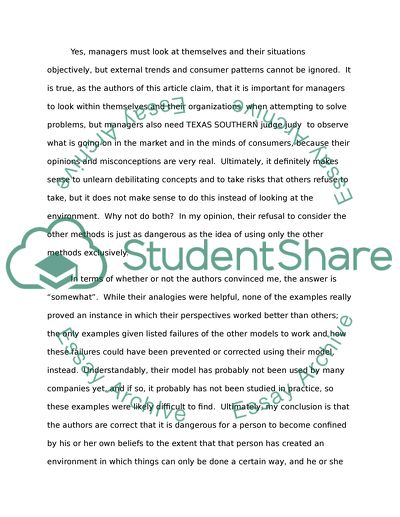Cite this document
(“Response Paper 1 - Enacted Environment Essay Example | Topics and Well Written Essays - 1500 words”, n.d.)
Retrieved from https://studentshare.org/environmental-studies/1420778-response-paper
Retrieved from https://studentshare.org/environmental-studies/1420778-response-paper
(Response Paper 1 - Enacted Environment Essay Example | Topics and Well Written Essays - 1500 Words)
https://studentshare.org/environmental-studies/1420778-response-paper.
https://studentshare.org/environmental-studies/1420778-response-paper.
“Response Paper 1 - Enacted Environment Essay Example | Topics and Well Written Essays - 1500 Words”, n.d. https://studentshare.org/environmental-studies/1420778-response-paper.


